Home>Renovation & DIY>Tools & Equipment>What Grit Sandpaper For Plastic
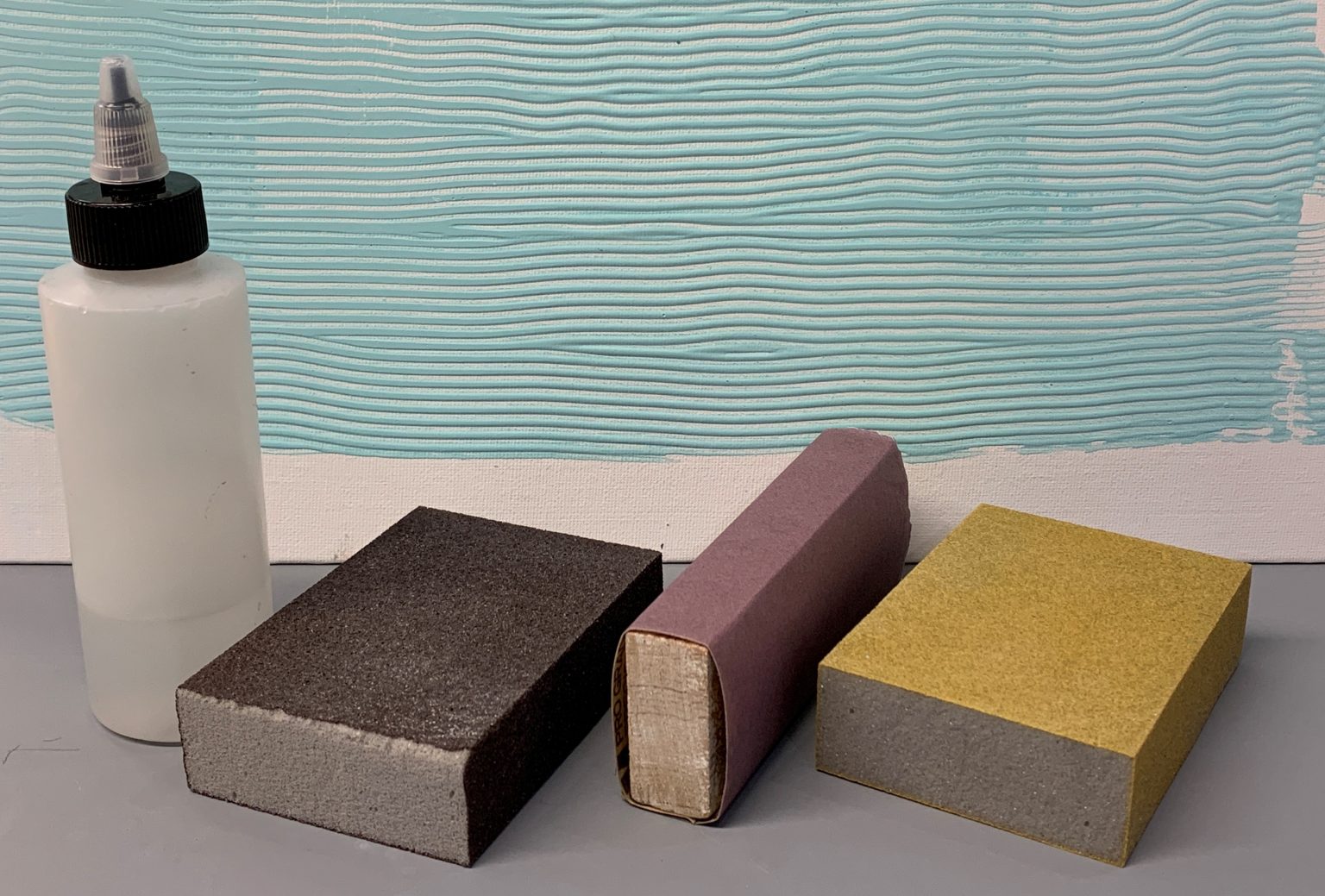

Tools & Equipment
What Grit Sandpaper For Plastic
Published: December 20, 2023
Find the right grit sandpaper for plastic with our selection of tools and equipment. Achieve smooth and refined finishes for your plastic projects.
(Many of the links in this article redirect to a specific reviewed product. Your purchase of these products through affiliate links helps to generate commission for Storables.com, at no extra cost. Learn more)
Introduction
Welcome to our comprehensive guide on choosing the right grit sandpaper for plastic. Whether you’re working on a DIY project or a professional renovation, understanding the correct sandpaper grit for plastic is crucial for achieving a smooth and polished finish.
Plastic is a versatile material that is widely used in various applications such as furniture, automotive parts, and household items. However, over time, plastic can become scratched, faded, or damaged, detracting from its appearance and functionality. That’s where sandpaper comes in handy as it can effectively remove imperfections, smooth out rough surfaces, and prepare the plastic for painting or refinishing.
But with so many different grit options available, it can be overwhelming to know which one to choose. In this guide, we’ll break down the key factors to consider when selecting sandpaper for plastic and provide recommendations on the most suitable grits for different plastic materials and applications.
Key Takeaways:
- Choose the right grit sandpaper for plastic by considering the type of plastic, condition of the surface, sanding technique, and project objective. Optimal grit ranges from 80-120 for heavy damage to 400-600 for a fine finish.
- Prioritize safety, patience, and proper technique when sanding plastic surfaces. Test the grit on a small area, consider wet/dry sandpaper, and follow manufacturer’s instructions for best results.
Understanding Grit Sandpaper
Grit sandpaper refers to the coarseness or fineness of the abrasive particles on its surface. The grit size determines the level of aggressiveness and the type of surface finish that can be achieved. The higher the grit number, the finer the particles are and the smoother the finish will be.
The most common grit sizes for sandpaper range from coarse (40-60 grit) to fine (2000 grit and above). Coarse grit sandpaper is used for initial heavy material removal, while finer grits are used for smoothing and polishing.
When it comes to sanding plastic, it is important to select the appropriate grit to avoid damaging or melting the material. Using a grit that is too coarse can cause deep scratches or even rip through the plastic, while using a grit that is too fine may not provide enough abrasion to achieve the desired results.
It’s also worth noting that sandpaper grits can vary slightly between different manufacturers. So, it’s always a good idea to refer to the grit range instead of relying solely on the numerical value to ensure consistency in your sandpaper selection.
Factors to Consider
When choosing the right grit sandpaper for plastic, there are several factors to consider. Let’s take a look at these important factors:
- Type of Plastic: Different types of plastic have varying hardness and durability. It’s essential to identify the specific type of plastic you’re working with, as this will help you determine the appropriate grit sandpaper. For softer plastics like polyethylene or polypropylene, a finer grit sandpaper in the range of 180-320 will suffice. Harder plastics like acrylic or polycarbonate may require a slightly coarser grit in the range of 120-180 to achieve the desired results.
- Condition of the Plastic: Assess the current condition of the plastic surface. If the plastic has deep scratches, gouges, or rough patches, you’ll need a lower grit sandpaper (around 80-120) to remove the imperfections effectively. For lightly scratched or faded plastic, a higher grit sandpaper (around 180-320) will be suitable for smoothing and refinishing.
- Sanding Technique: Consider the sanding technique that you’ll be using. If you’ll be sanding by hand, it’s generally recommended to start with a lower grit sandpaper and gradually work your way up to a finer grit. If you’ll be using a power sander, you can start with a slightly higher grit to expedite the process but be cautious not to apply too much pressure or overheat the plastic surface.
- Project Objective: Determine the end goal of your project. Are you looking to remove scratches and imperfections, prepare the surface for painting or refinishing, or simply restore the appearance of the plastic? This will help you decide which grit sandpaper to use to achieve the desired outcome.
By taking these factors into account, you’ll be able to choose the right grit sandpaper that will effectively and safely address your specific plastic sanding needs.
When sanding plastic, use fine grit sandpaper such as 220 or 320 for a smooth finish. Coarser grits can cause scratches and damage the plastic surface.
Recommended Grit Sandpaper for Plastic
Now that you understand the factors to consider when choosing sandpaper for plastic, let’s delve into the recommended grits for different plastic materials and applications:
- 80-120 Grit: This range is ideal for heavily scratched or damaged plastic surfaces that require significant material removal. Use this grit to smooth out deep scratches and prepare the plastic for finer sanding. Be careful not to apply excessive pressure to avoid causing further damage.
- 120-180 Grit: A grit range of 120-180 is suitable for moderately damaged or rough plastic surfaces. It can effectively remove scratches, blemishes, and imperfections from the plastic while providing a smooth finish. This range is often used for preparing plastic surfaces for painting or refinishing.
- 180-320 Grit: For light scratches, faded plastic, or general surface smoothing, a grit range of 180-320 is recommended. This range will help remove minor imperfections and provide a smooth, polished surface. It is commonly used for restoring the appearance of plastic components.
- 400-600 Grit: If you’re looking for a finer finish or need to polish the surface of the plastic, using sandpaper in the range of 400-600 grit is ideal. This grit range is often used for final sanding before applying a clear coat or for achieving a glossy finish on plastic surfaces.
Keep in mind that these are general recommendations, and the optimal grit sandpaper may vary depending on the specific plastic material and the project at hand. It’s always a good idea to test the grit on a small, inconspicuous area of the plastic surface to ensure the desired results before proceeding with the entire project.
Additionally, consider using wet/dry sandpaper for plastic sanding as it can be used both wet or dry for better control and to minimize the risk of heat build-up. Always follow the manufacturer’s instructions and sand in a circular or back-and-forth motion, applying even pressure for consistent results.
Remember, proper technique, patience, and using the right grit sandpaper will yield the best results when sanding plastic surfaces.
Conclusion
Choosing the right grit sandpaper for plastic is crucial to achieving a smooth and polished finish while avoiding damage to the material. By considering factors such as the type of plastic, the condition of the surface, the sanding technique, and the project objective, you can select the optimal grit sandpaper for your specific needs.
For heavily scratched or damaged plastic surfaces, start with a grit range of 80-120 to remove imperfections. For moderately damaged or rough surfaces, opt for a grit range of 120-180. If you’re dealing with light scratches or faded plastic, a grit range of 180-320 will suffice. And if you’re looking for a finer finish or need to polish the surface, use sandpaper in the range of 400-600 grit.
Remember to choose sandpaper appropriate for the specific type of plastic you’re working with, and consider using wet/dry sandpaper for better control and to minimize heat build-up. Always test the grit on a small area before proceeding with the entire project.
Proper technique, patience, and using the right grit sandpaper are key to achieving the best results when sanding plastic surfaces. Take your time, apply even pressure, and sand in a circular or back-and-forth motion for consistent and smooth results.
With the knowledge and recommendations provided in this guide, you’re now well-equipped to tackle your next plastic sanding project with confidence. Whether you’re restoring the appearance of a household item, preparing plastic components for painting, or refinishing automotive parts, choosing the right grit sandpaper will help you achieve the desired outcome and bring new life to your plastic surfaces.
Remember to always prioritize safety by wearing protective gear, such as gloves and a dust mask, when sanding plastic. Happy sanding!
Frequently Asked Questions about What Grit Sandpaper For Plastic
Was this page helpful?
At Storables.com, we guarantee accurate and reliable information. Our content, validated by Expert Board Contributors, is crafted following stringent Editorial Policies. We're committed to providing you with well-researched, expert-backed insights for all your informational needs.
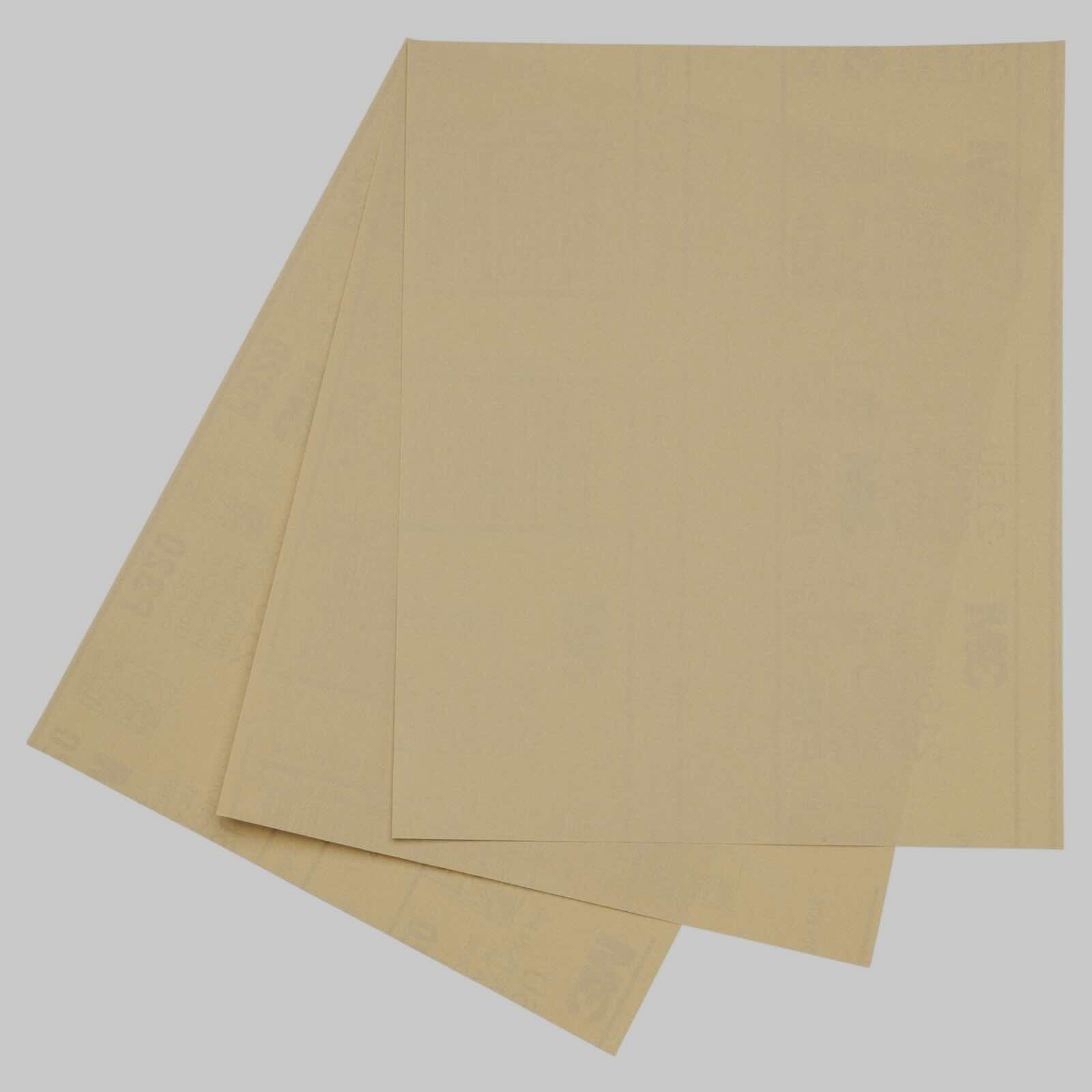
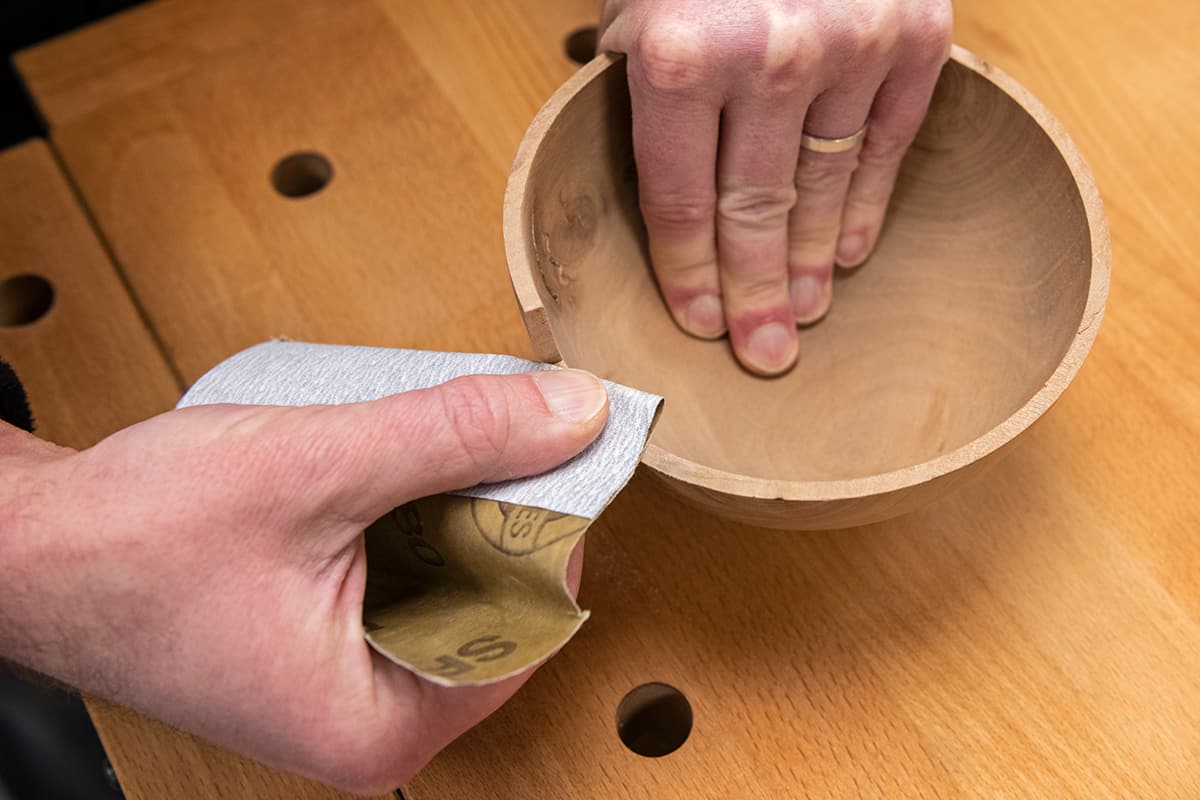
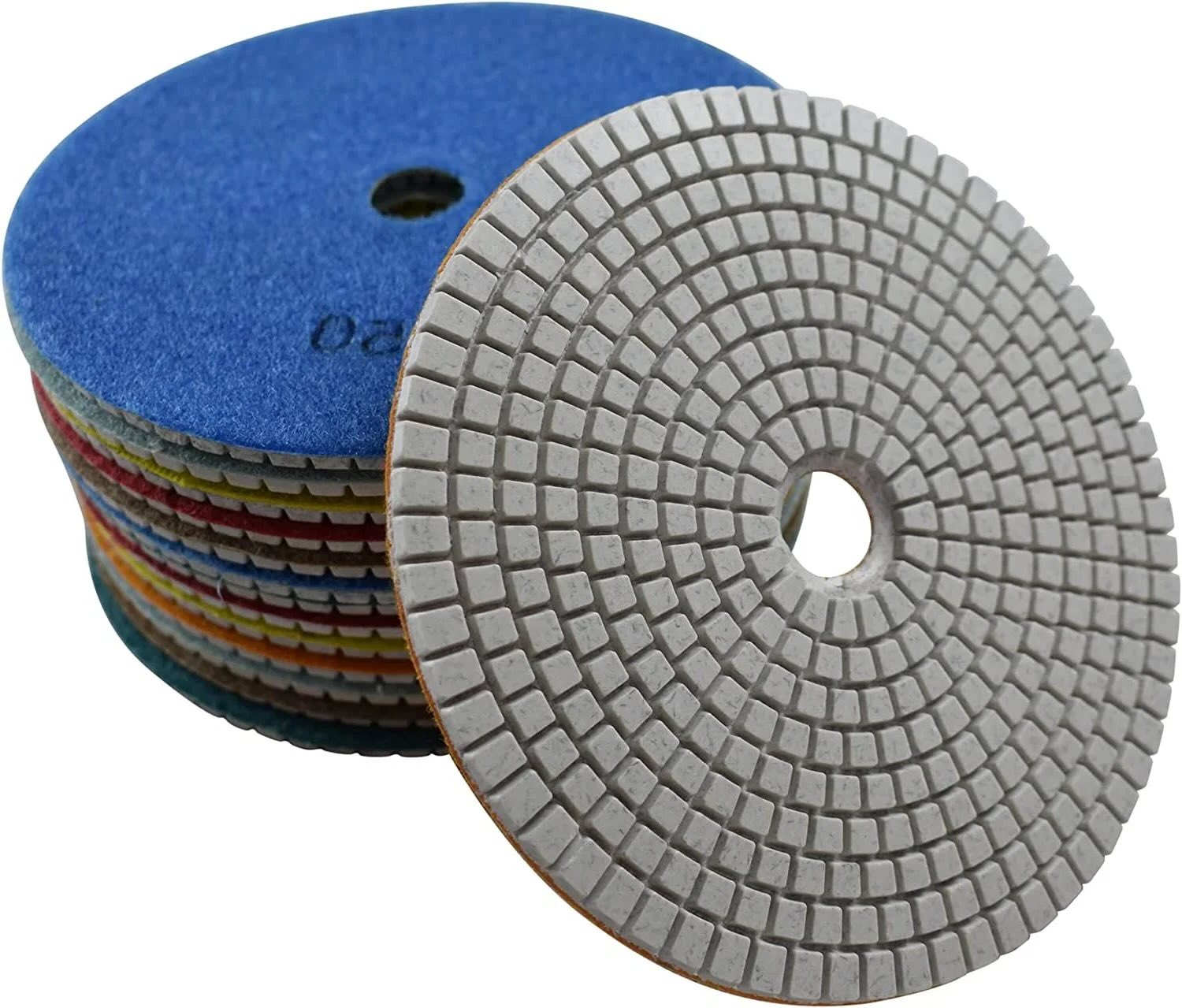

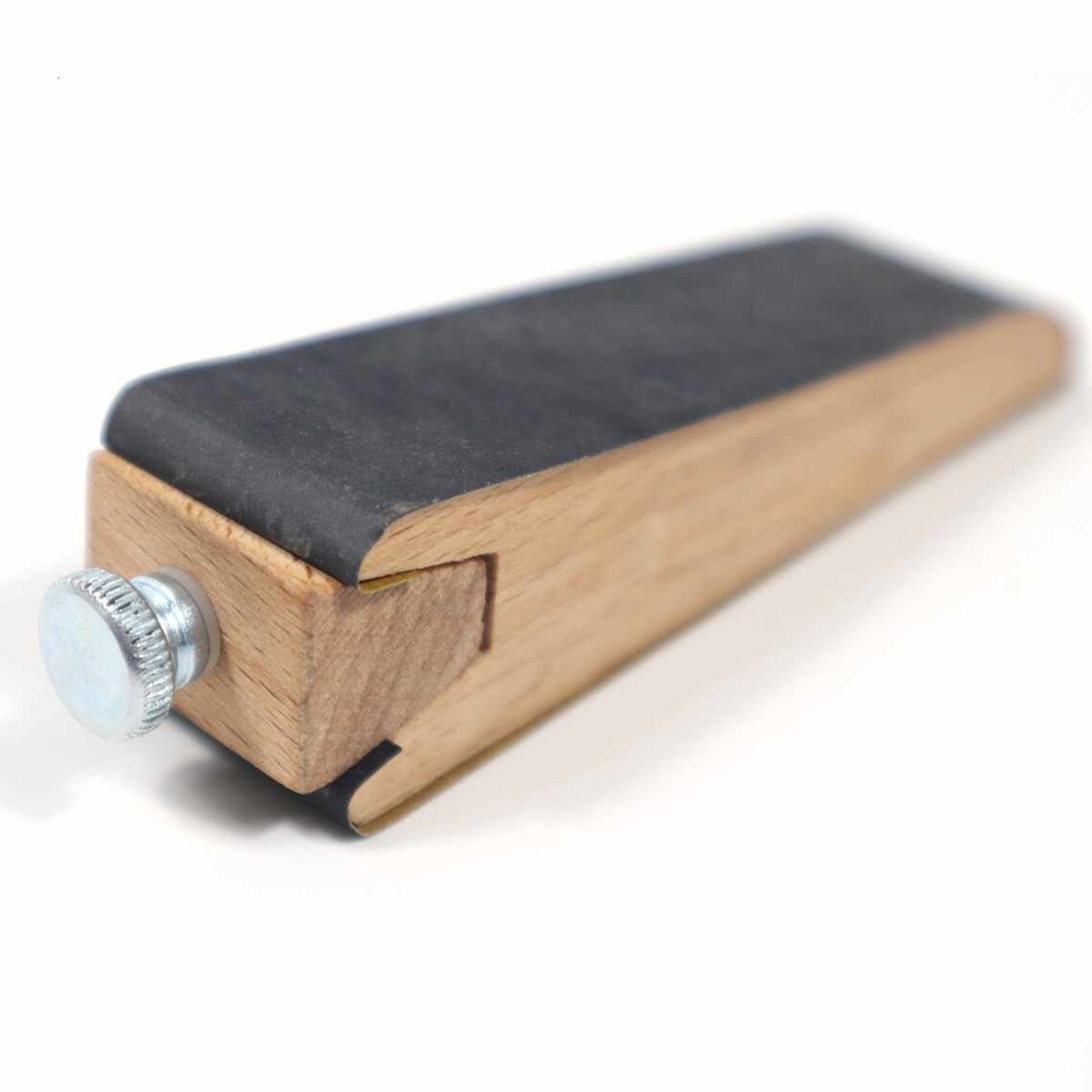
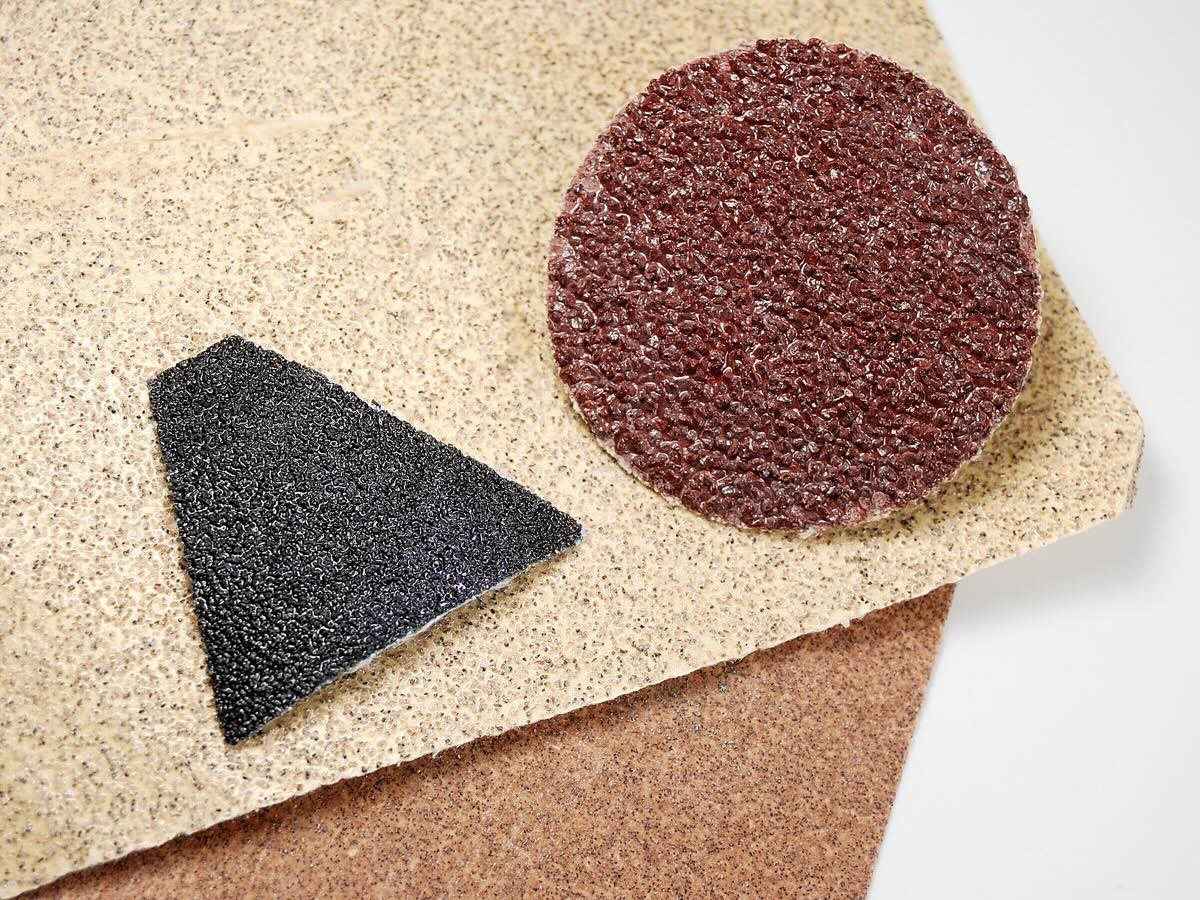
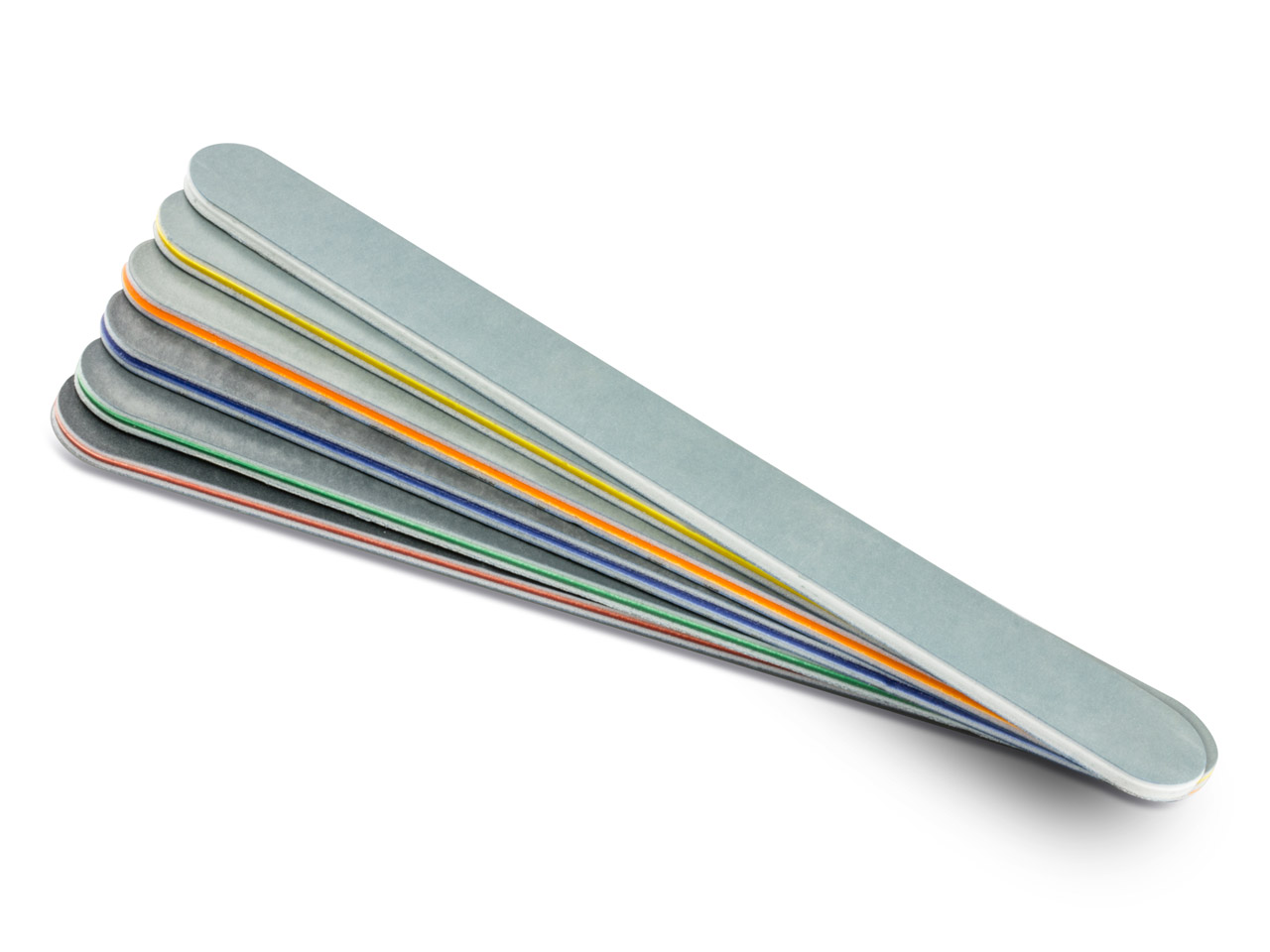
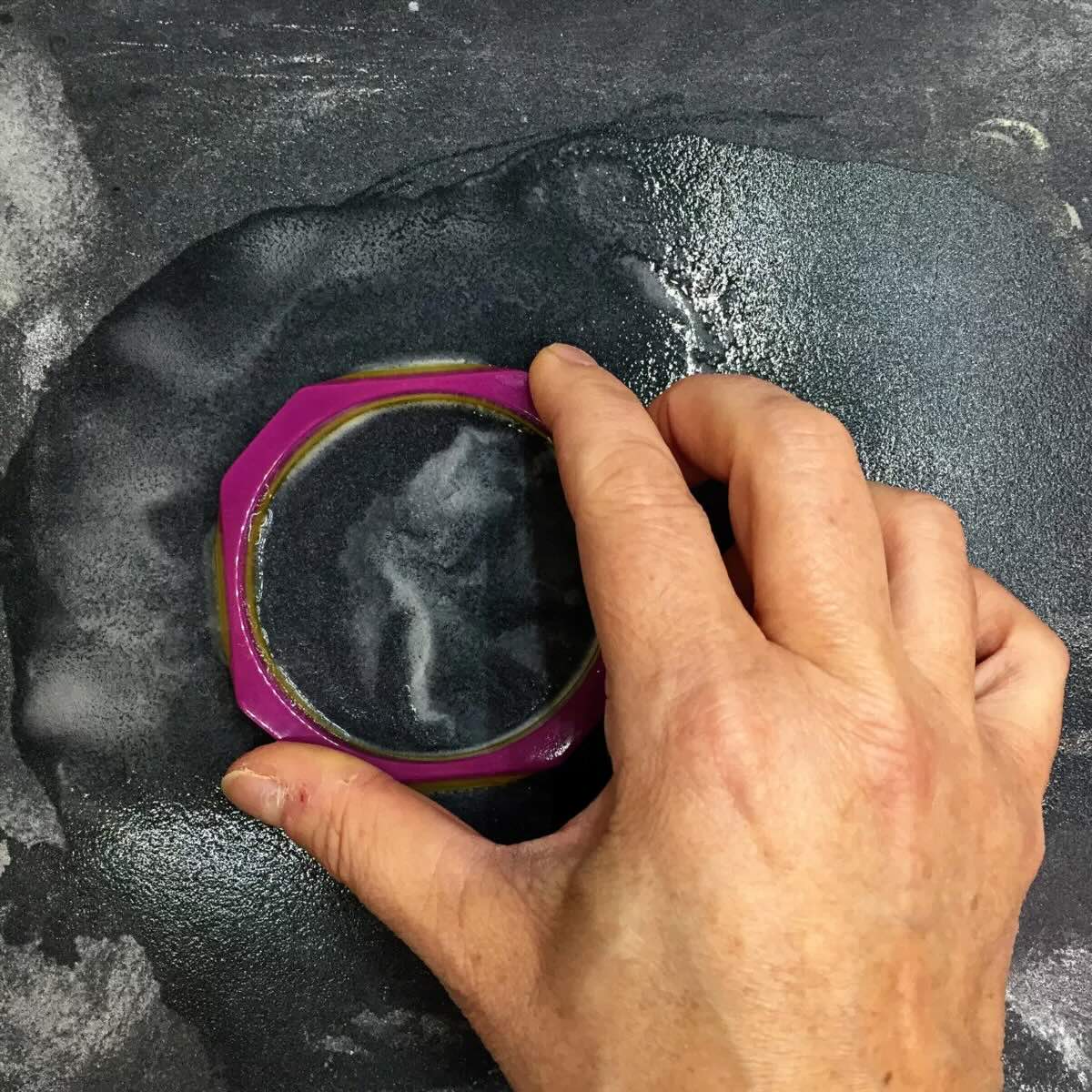
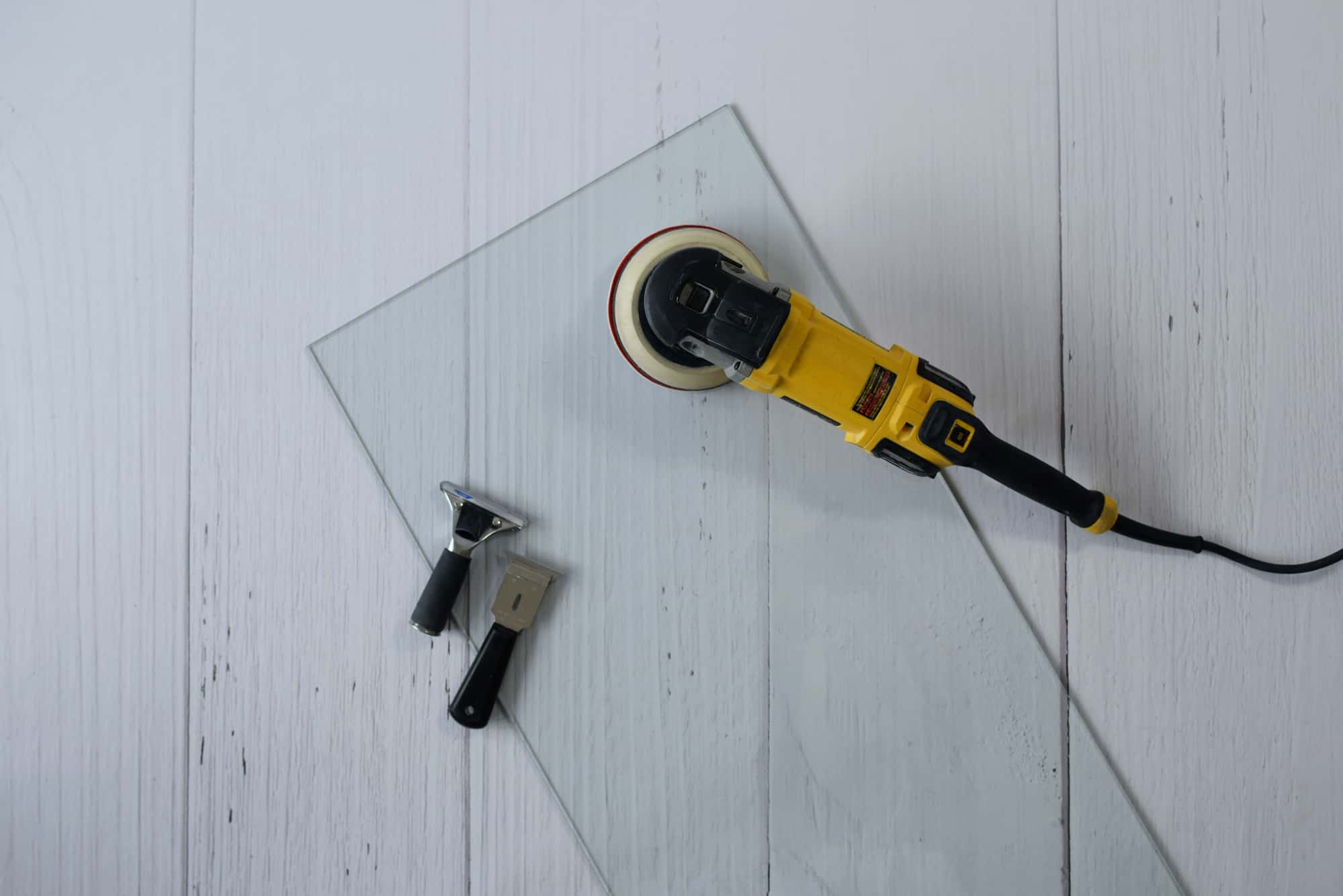

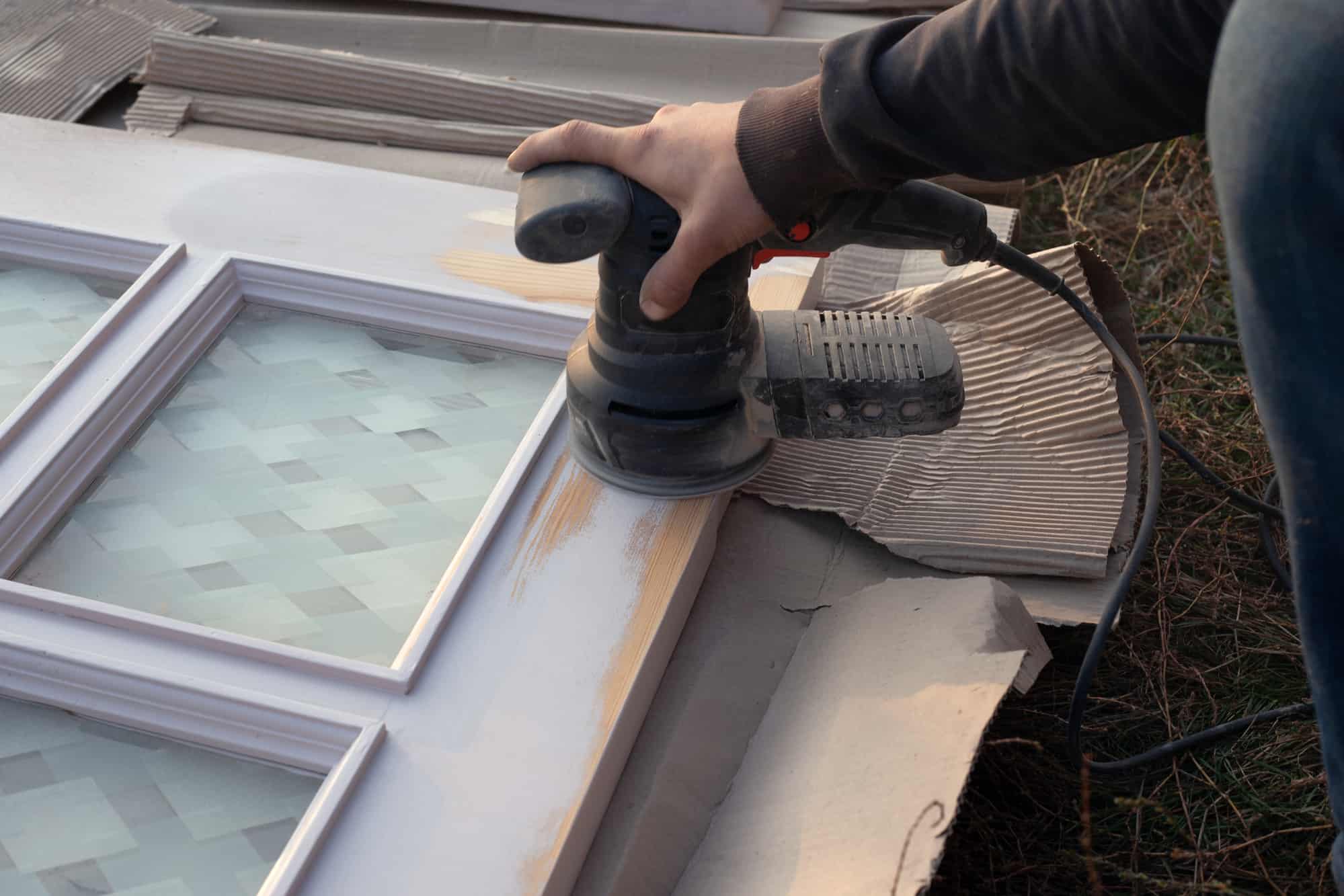
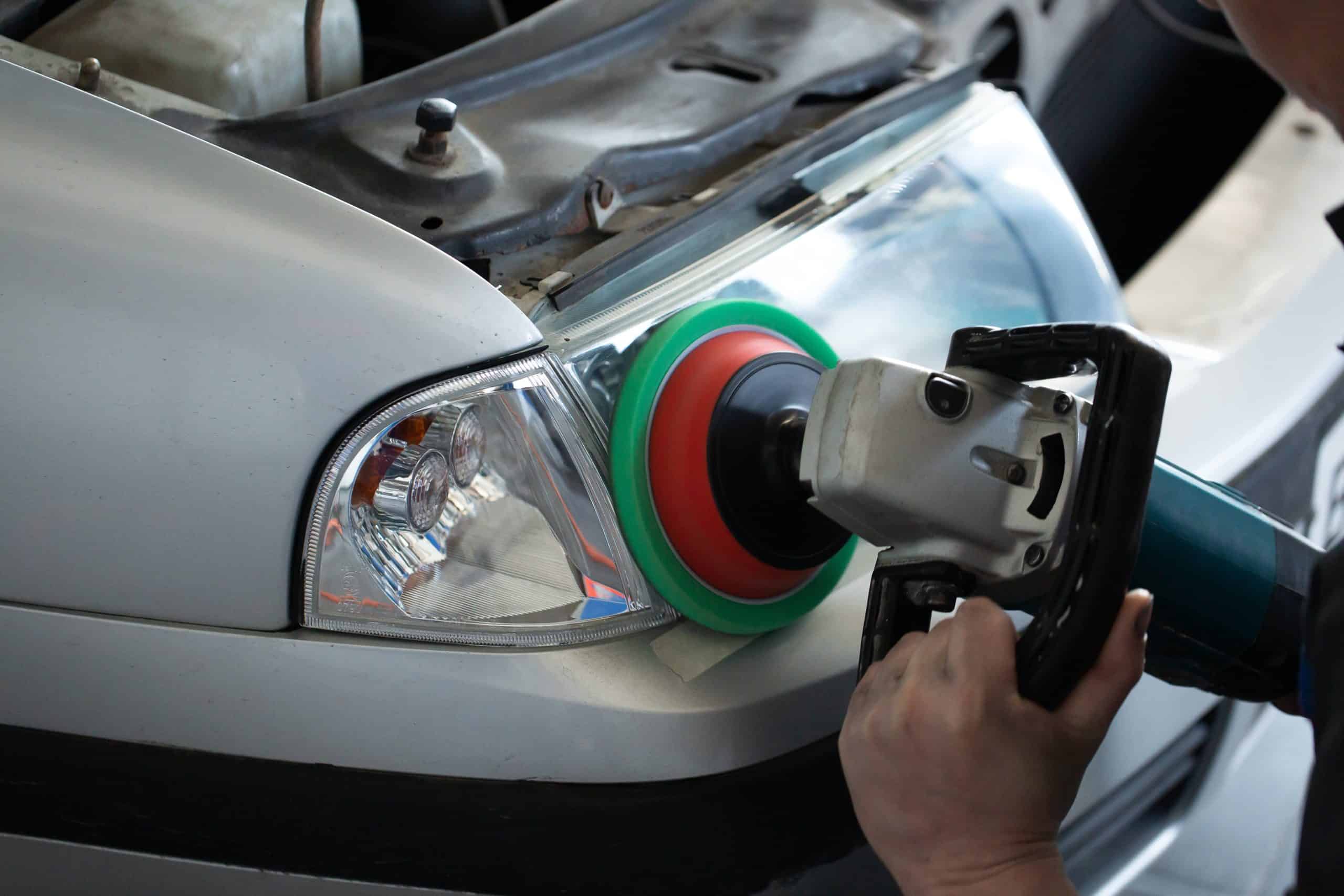
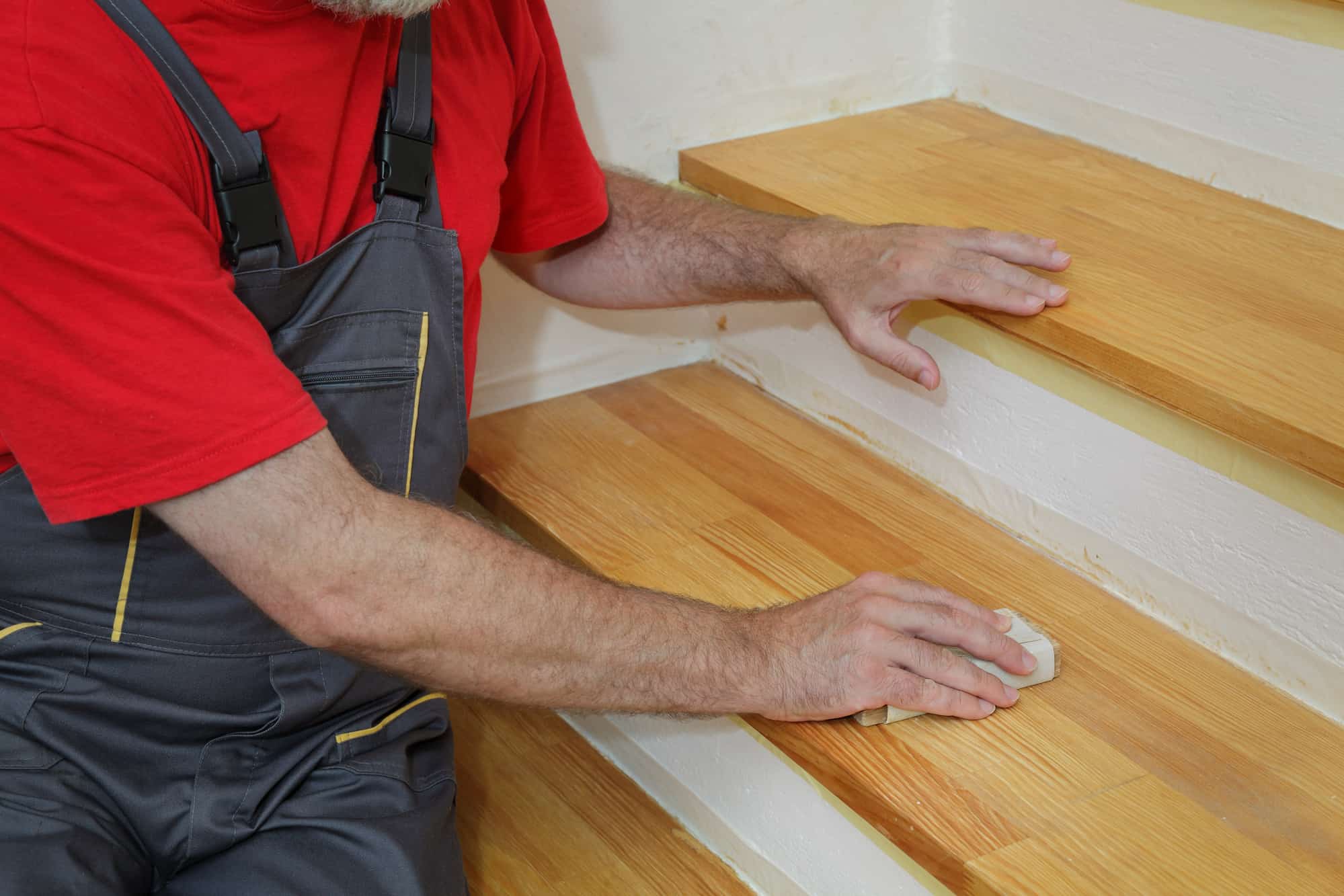
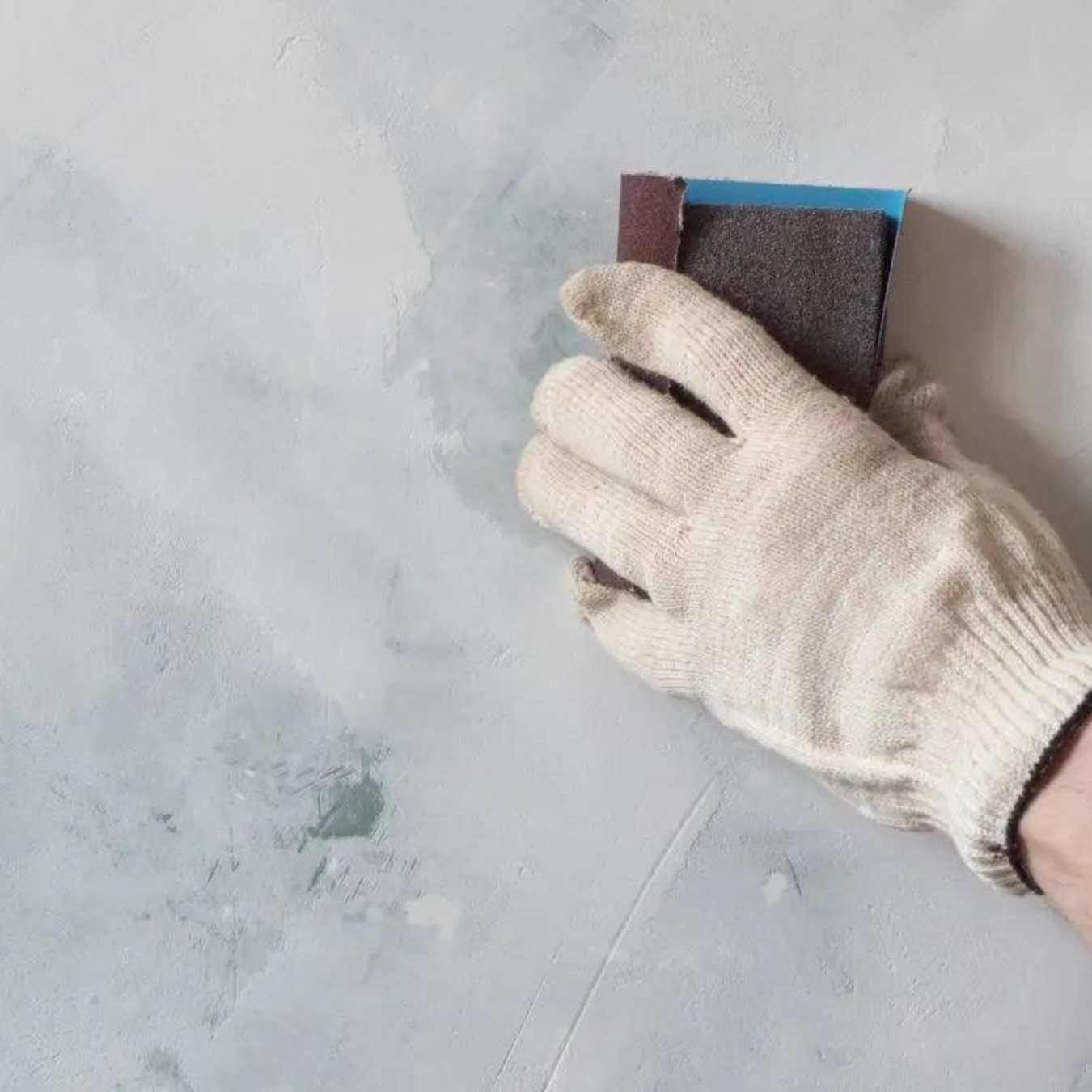
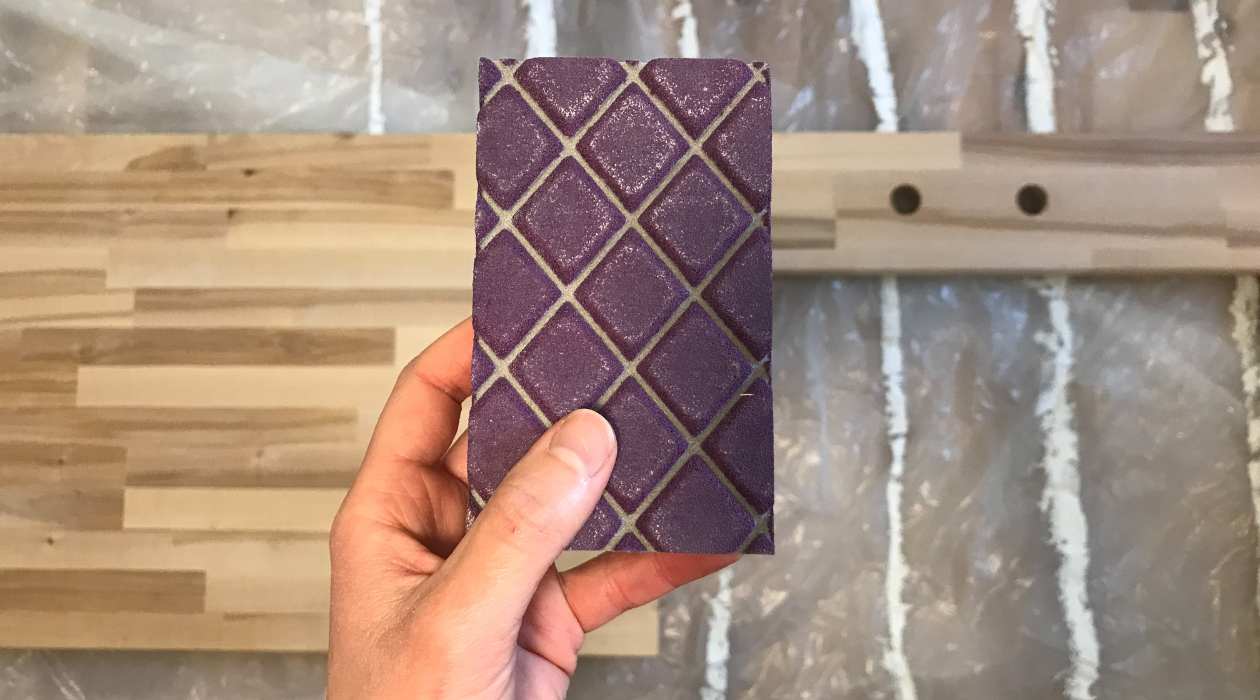

0 thoughts on “What Grit Sandpaper For Plastic”